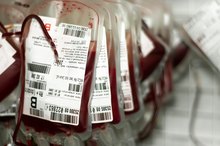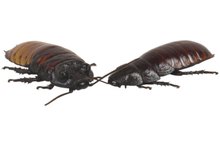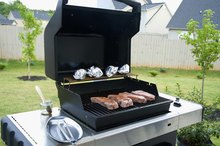How Does Carbon Dioxide Poisoning Kill a Human?
Hypercapnia
Victims of carbon dioxide poisoning die of hypercapnia, a condition in which there is too high a buildup of carbon dioxide in the blood. Carbon dioxide is a waste product of the metabolic process of cells. It is exhaled by the lungs. Normally, the blood contains 40 millimeters of mercury (mm Hg) of carbon dioxide. Once the blood contains more than 45 mm Hg of 40 carbon dioxide, hypercapnia will start to occur.
Hypercapnia can be caused by lung diseases such as emphysema, by reduced consciousness leading to hypoventilation, or by exposure to an environment in which the atmosphere has high levels of carbon dioxide present, such as in mine shafts.
Symptoms of Hypercapnia
How to Identify Signs of Mothball Poisoning
Learn More
Early symptoms of hypercapnia, or carbon dioxide poisoning, include rapid breathing, a shortness of breath, confusion, flushed skin and muscle twitches.
If severe hypercapnia is reached (levels of carbon dioxide in the blood at 75 mm Hg or higher), a person will exhibit disorientation, convulsions, panic and unconsciousness, leading to death. Death will occur because of a lack of oxygen in the blood, leading to complete organ failure as the oxygen has been overtaken by the carbon dioxide. In some cases, victims who have been exposed to very high levels of carbon dioxide in the atmosphere have been known to almost immediately die of asphyxiation, as the carbon dioxide serves to displace, or push out, the oxygen in the air.
Treating Hypercapnia
The best way to treat hypercapnia is to remove a person from exposure to carbon dioxide and give him oxygen. If the exposure was at mild to moderate levels (45 mm Hg to 65-70 mm Hg), the patient should recover fully. If the exposure was at levels higher than 75 mm Hg, the patient may suffer from permanent damage of the central nervous system.
Prevention is the best way to avoid carbon dioxide poisoning. Areas known to contain high levels of carbon dioxide, such as underground tunnels and shafts, should be avoided. Conditions that lead to rebreathing, such as airtight tents or even bunched up blankets next to a baby's head, should also be avoided.
Related Articles
References








